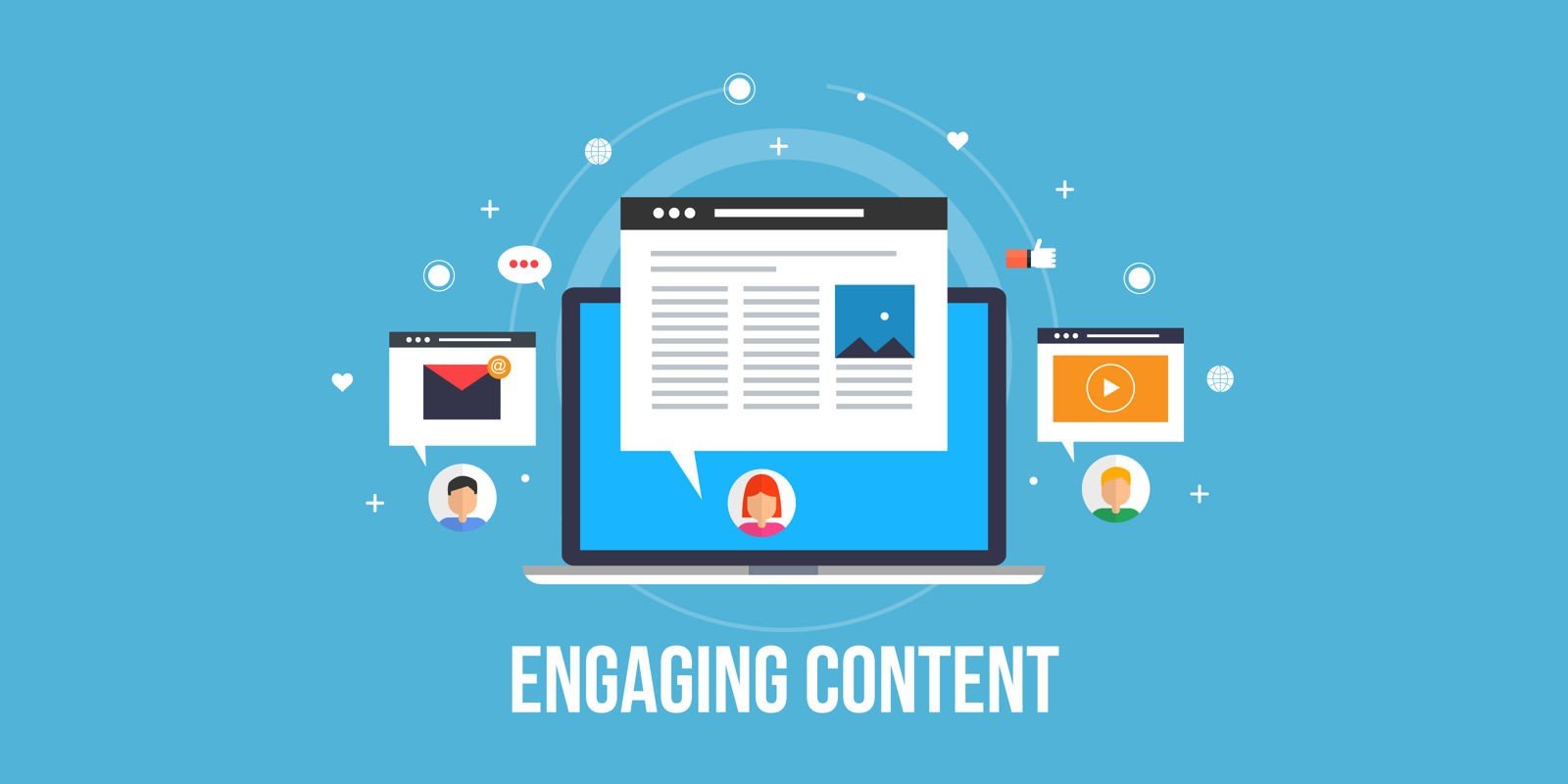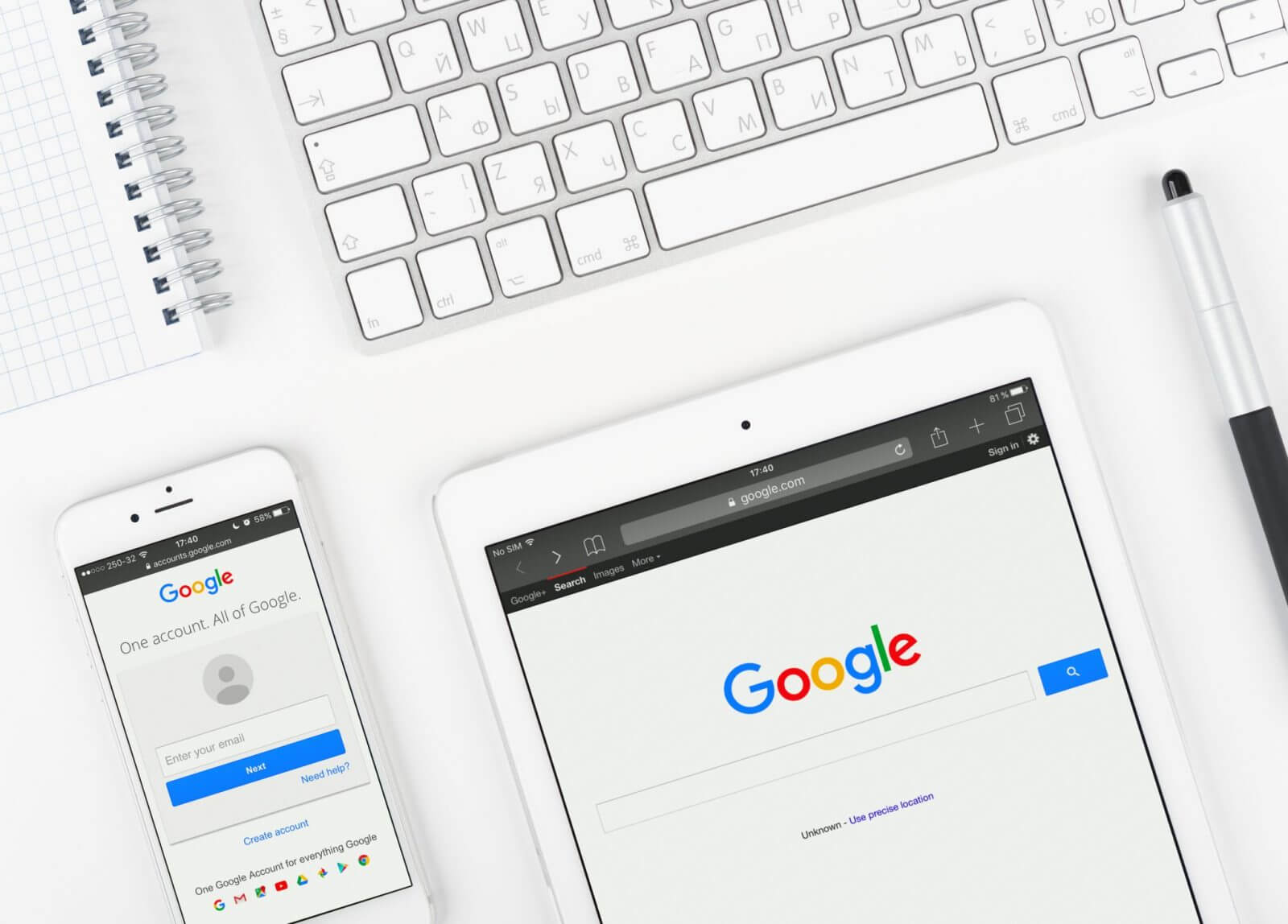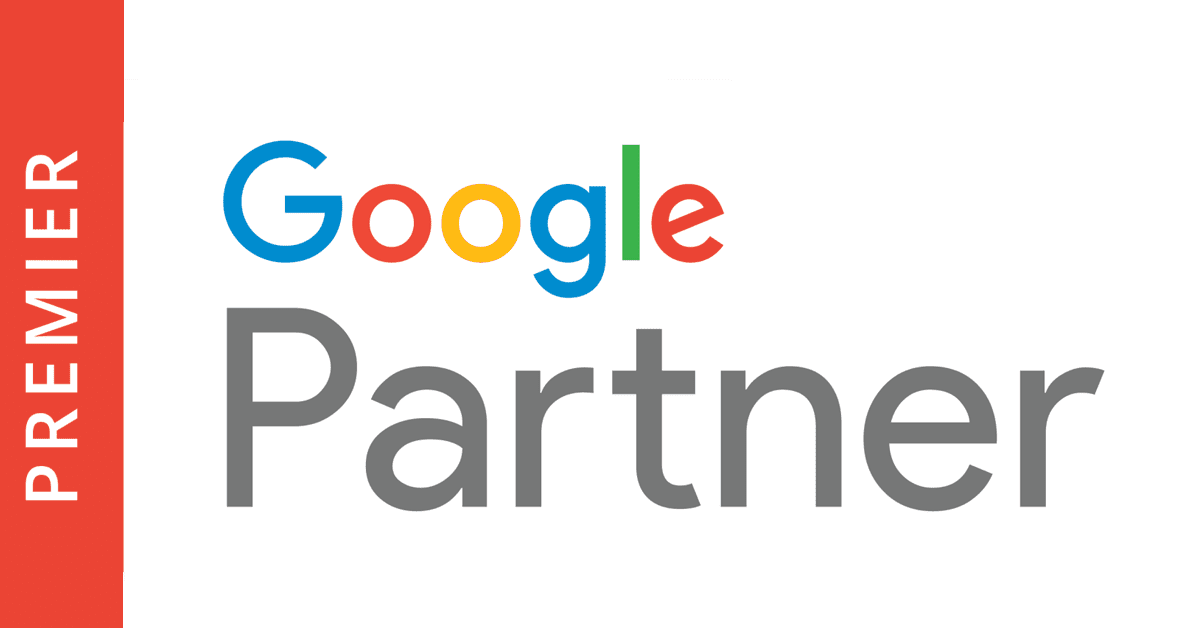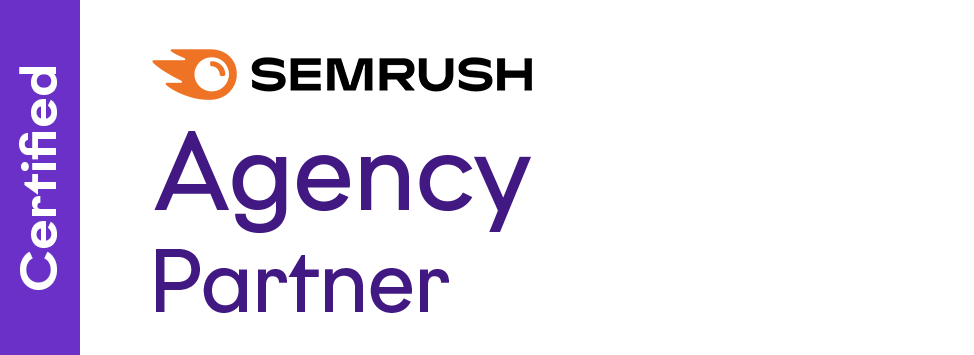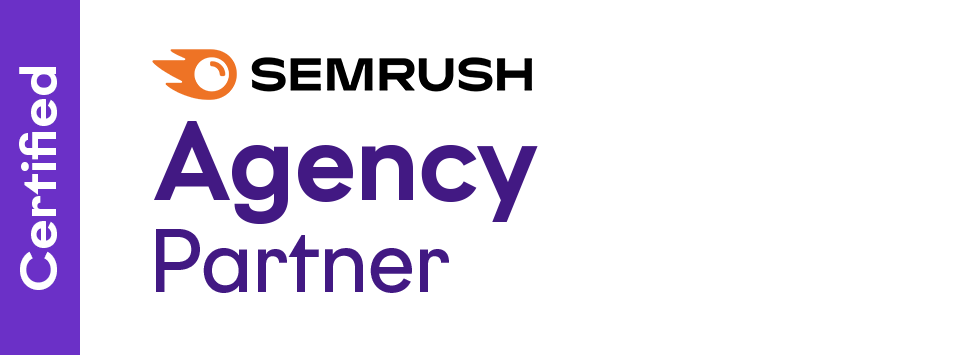If you are just getting started with expanding your digital marketing strategy, and exploring your options with search engine promotion, you might be feeling a bit confused with the distinction between search engine marketing (SEM) and Pay-Per-Click (PPC).
While both are lucrative approaches for crafting effective online strategies, our specialists at Digital Eagles will take you on a journey to discover the intricacies of what SEM and PPC are in marketing campaigns, offering a comprehensive overview of each approach. Additionally, we’ll guide you through getting started with common tools like Google Ads, building SEO campaigns, and developing integrated SEM strategies.
What is Pay-Per-Click (PPC) in Marketing?
Pay-per-click (PPC) in marketing is a model where advertisers pay a fee each time an ad is clicked. It’s a method of buying visits to your site, instead of earning those visits organically (without a direct budget attached). PPC is often associated with first-tier search engines like Google, but it can also be utilised across networks through display ad retargeting and on social media platforms.
With PPC, advertisers bid on keyword phrases relevant to their target market. Platforms like Google AdWords management services facilitate creating and managing these PPC campaigns, offering a strategic approach to online advertising.
How Would You Use PPC in Marketing?
To use PPC effectively in marketing, start by setting clear goals, whether increasing website traffic, generating leads, or boosting sales. Choose relevant keywords that your audience is searching for, and use these for your PPC campaigns. Tools like Google Search Ads and other Google Ads management services are essential in this process. They help craft compelling ad copies, manage bids, and analyse the performance of your campaigns. Regular analysis and adjustments ensure your PPC strategy aligns with your marketing objectives and appropriately utilises your resources.
What is SEM Marketing?
Search Engine Marketing (SEM) is a powerful strategy for increasing website visibility on search engines like Google through paid advertising and organic site optimisation.
SEM marketing leverages PPC through tools like Google Search Ads to create compelling ad campaigns that, with an allocated budget and selection of target keywords, work to strategically appear in search engine results, ensuring a higher likelihood of attracting potential customers. It also utilises search engine optimisation (SEO), where brands can improve their website’s content, features and technical aspects to organically show on search engine result pages (SERPs), covering all elements of search engine promotion.
SEM marketing is a more comprehensive form of digital marketing, offering swift and measurable results, but requiring more time and investment.
How Would You Use SEM Marketing?
Using SEM marketing requires a deep understanding of your target audience and market trends. It begins with keyword research – identifying the terms and phrases your potential customers use in their search queries, and then seeing how they will stem into targeted PPC and SEO campaigns. You’ll then allocate a budget for bidding on these keywords, using platforms like Google Ads, and start to reframe your content and outreach strategy to optimise your site towards more relevant keywords. The goal is to appear prominently in search results, driving traffic and conversions through well-crafted, persuasive advertisements.
Key Differences Between SEM and PPC
Scope
The scope of SEM is far broader than PPC. SEM encompasses various forms of search engine promotion, including PPC, but also extends to other strategies like SEO and local search optimisation. SEM enhances overall visibility on search engines, whereas PPC is specifically about pay-per-click advertising efforts within this larger sphere.
Implementation
Implementation of SEM involves a holistic approach to search engine visibility, including both organic and paid strategies. On the other hand, PPC is solely focused on the paid aspect of advertising. It’s about creating and managing ad campaigns where you pay for each click your ad receives.
Cost Structure
SEM involves a diverse cost structure due to its inclusion of both paid and unpaid methods. You will need to factor in pay-per-click advertising costs, but also investment in organic strategies, such as professional copywriting, outreach expenses related to building referral links, and even website design and development for a better user experience. PPC, in contrast, has a straightforward cost structure based solely on the pay-per-click model, where costs are incurred only when users click on the ads.
Keyword Research
Keyword research in SEM is a comprehensive process that informs both organic and paid search strategies. You will need to balance your available budget against the bidding structure of certain keywords, and then also incorporate more longer-tail keywords into your wider website, such as through blog content. For all aspects of SEM, marketing strategies need to involve an understanding of broader market trends and user search behaviours.
In PPC, however, keyword research focuses on finding cost-effective keywords likely to drive paid traffic, emphasising terms that are most likely to result in clicks and conversions.
Targeting Options
While both SEM and PPC offer targeting options, SEM provides a broader range of targeting techniques, including organic SEO. PPC focuses on targeting through paid ads, allowing for detailed targeting based on demographics, interests, and user behaviour. SEM’s targeting is more comprehensive, encompassing both organic and paid audience targeting strategies.
Ad Formats
SEM offers a variety of ad formats due to its inclusive nature of both organic and paid search strategies. This could range from text ads to more complex formats like shopping or display ads. PPC is more specific, generally focusing on standard ad formats offered by platforms like Google Ads, including text, display, and shopping ads, but within the paid context.
How to Use Google Ads, Build SEO Campaigns & Develop Comprehensive SEM Strategies
To harness the full potential of Google Ads, begin by:
- Defining clear, measurable goals for your campaigns
- Identify your audience segments
- Target keywords effectively
- Create compelling ad copy
- Continuously optimise your campaign and landing pages based on performance metrics
Building SEO campaigns involves thorough keyword research, optimising website content for search engines, and building quality backlinks.
Develop comprehensive SEM strategies by integrating both Google Ads and SEO tactics. Such a holistic approach ensures a robust online presence, leveraging the immediacy of PPC with the long-term benefits of SEO, enhancing overall search engine promotion and digital visibility.
Partnering with a specialised PPC & SEO agency can significantly amplify your digital marketing efforts. These agencies offer expertise in Google AdWords management services and SEO best practices, ensuring your campaigns are both effective and efficient.
Work with Digital Eagles to Boost Your Search Engine Promotion Strategies
At Digital Eagles, we provide tailored strategies ready to align with your business objectives, leveraging advanced tools for keyword research, ad creation, and campaign optimisation. By combining our expertise in pay-per-click advertising and SEO, we can deliver comprehensive search engine promotion strategies, driving targeted traffic and increasing conversions. For more information, please contact our friendly team today.











